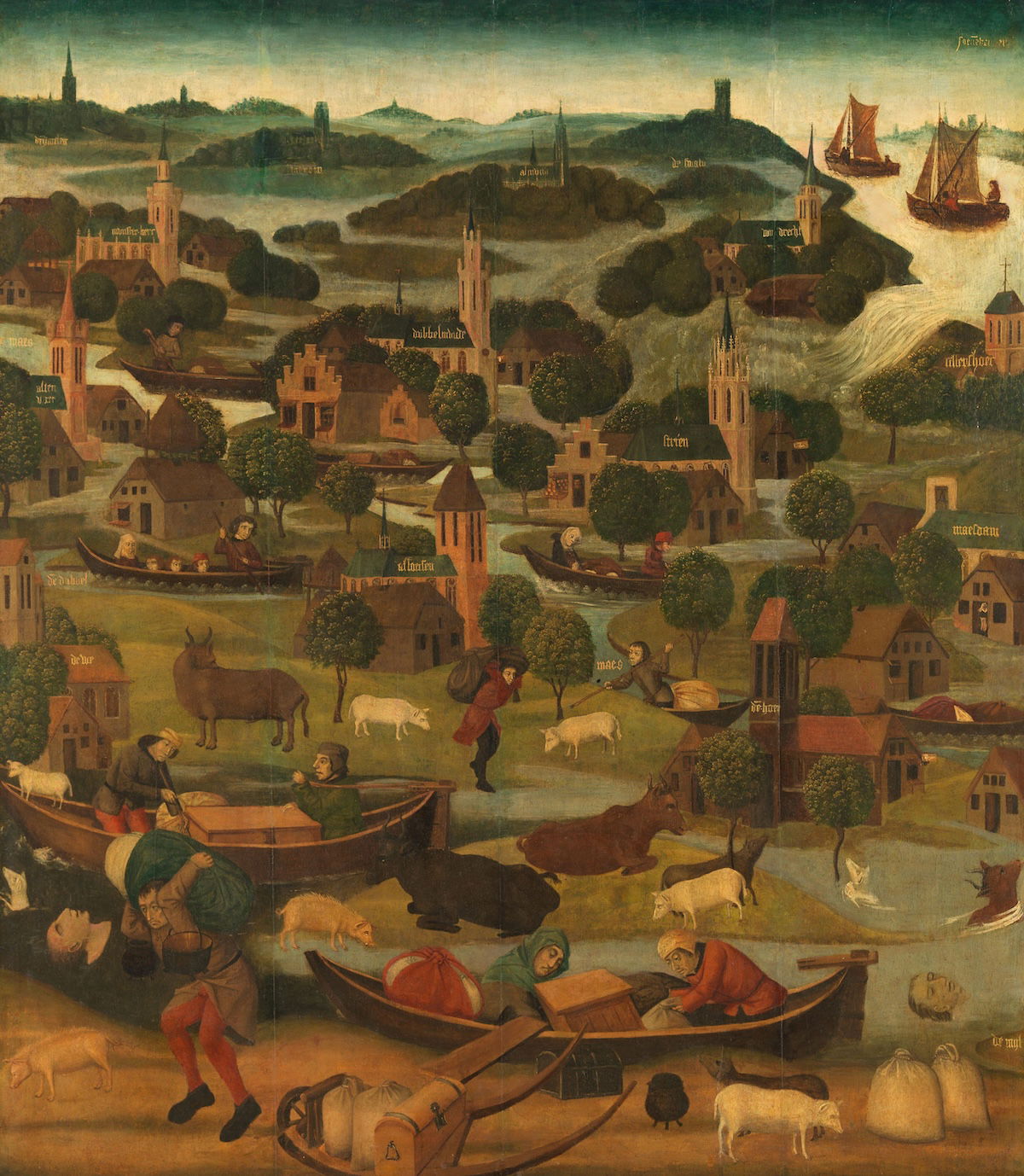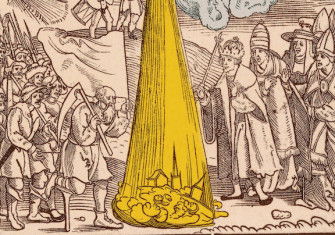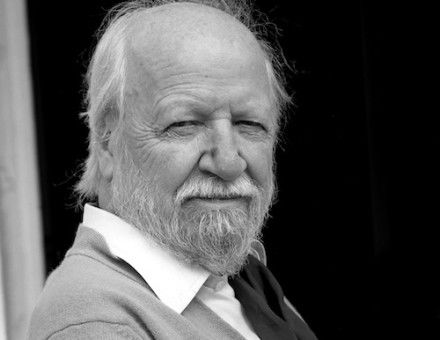What is Environmental History?
The climate crisis is a hot topic, but what does it mean to study the history of our relationship with the natural world?

‘Environmental history is porous’
Joy Porter is 125th Anniversary Chair, Indigenous, Environmental & Heritage History at the University of Birmingham
Environmental history is a comparatively young field of enquiry with strong American roots. Roderick Nash, emeritus historian at the University of California, is usually credited with inventing the term in 1967 in his book, Wilderness and the American Mind. Often defined as simply the study of human interactions across time with the natural or non-human world, Donald Worster in 1988 subdivided the sub-discipline into the study of ‘nature’ itself, including humans; socio-economic interaction between humans and nature; and the ‘mental interactions’ of humans towards nature, including myths, ideologies, even scientific discourses.







